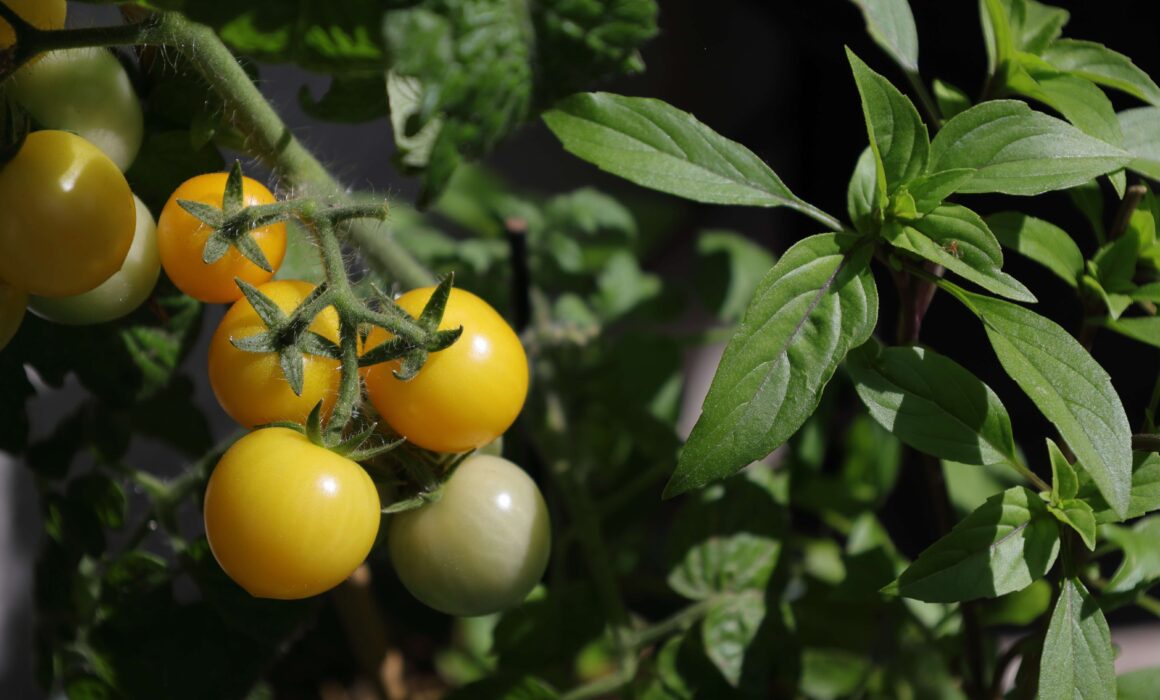Natural Pest Control – The Art of Plant Pairing
In the intricate dance of nature, every plant plays a role, and when paired thoughtfully, they can create a harmonious garden ecosystem. One of the most beneficial aspects of strategic plant pairing is its ability to deter pests naturally.
Understanding Plant Pairing
Plant pairing, or companion planting, involves placing specific plants next to each other to enhance growth, flavour, or pest resistance. This ancient practice is rooted in the understanding that certain plants emit natural chemicals or scents that can repel harmful insects while attracting beneficial ones.
At Keder Greenhouse, we believe in harnessing the power of these natural relationships to keep your garden thriving and pest-free. Let’s delve into the art of plant pairing and how you can implement it in your garden.
Top Plant Pairings for Pest Control
Tomatoes and Basil
Why it works – Basil emits a strong scent that deters flies and mosquitoes, protecting the delicate tomatoes from pests.
Additional benefits – Enhances the flavour of tomatoes and improves growth.
Carrots and Onions
Why it works – Onions repel carrot flies, while carrots can help deter onion flies.
Additional benefits – Maximises garden space and soil usage.
Cabbage and Dill
Why it works – Dill attracts beneficial insects like ladybugs and parasitic wasps that prey on cabbage worms and aphids.
Additional benefits – Improves the flavour of cabbage and offers dill’s culinary uses.
Marigolds and Almost Everything
Why it works – Marigolds produce a strong scent that repels nematodes, aphids, and even rabbits.
Additional benefits – Adds a splash of colour to the garden and is easy to grow.
Beans and Corn
Why it works – Beans fix nitrogen in the soil, which benefits the corn, while corn provides support for climbing bean varieties.
Additional benefits – Creates a natural support system and improves soil health.
Implementing Plant Pairing in Your Garden
Plan Your Layout
Map out your garden space and decide where each plant will go. Consider their sunlight and water needs to ensure compatibility. Although in a Keder Greenhouse the light is even throughout the whole structure, thanks to the unique cladding system that perfectly diffuses the sunlight.
Rotate Crops
Change the location of your plant pairs each season to prevent soil depletion and disrupt pest life cycles. The benefits of using a Keder Greenhouse is that every single area offers the optimal growing environment.
Use Organic Mulch
Mulch helps retain moisture, suppress weeds, and can add an extra layer of protection against pests.
Encourage Biodiversity
Plant a variety of flowers and herbs to attract different beneficial insects. Diversity in your Keder Greenhouse can create a more resilient ecosystem.
Monitor and Adjust
Regularly check your plants for signs of pests or diseases. If you notice an imbalance, adjust your plant pairings accordingly.
At Keder Greenhouse, we’re passionate about promoting sustainable gardening practices. Plant pairing not only helps control pests naturally but also fosters a more robust and bountiful crop. By understanding and implementing these natural partnerships, you can create a environment that thrives without the need for harmful chemicals. Embrace the wisdom of companion planting and watch your greenhouse crop flourish with health and vitality.
Happy growing from all of us at Keder Greenhouse!


